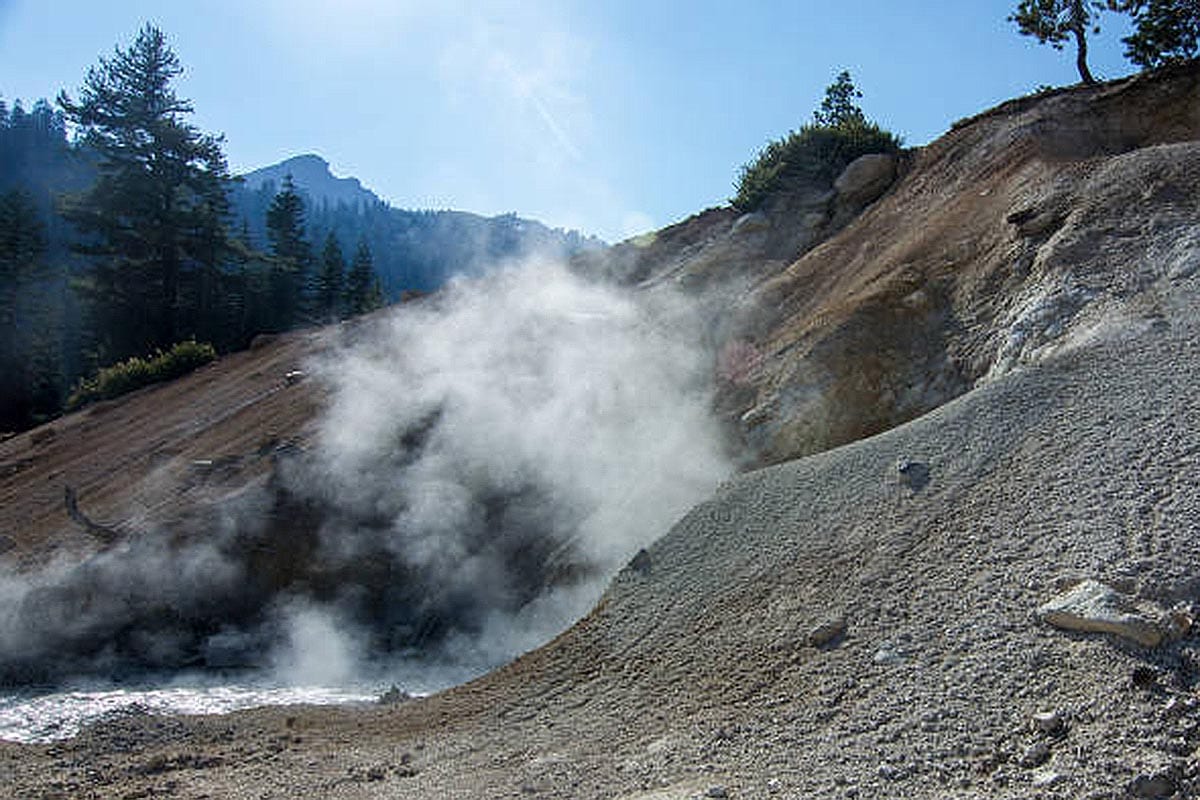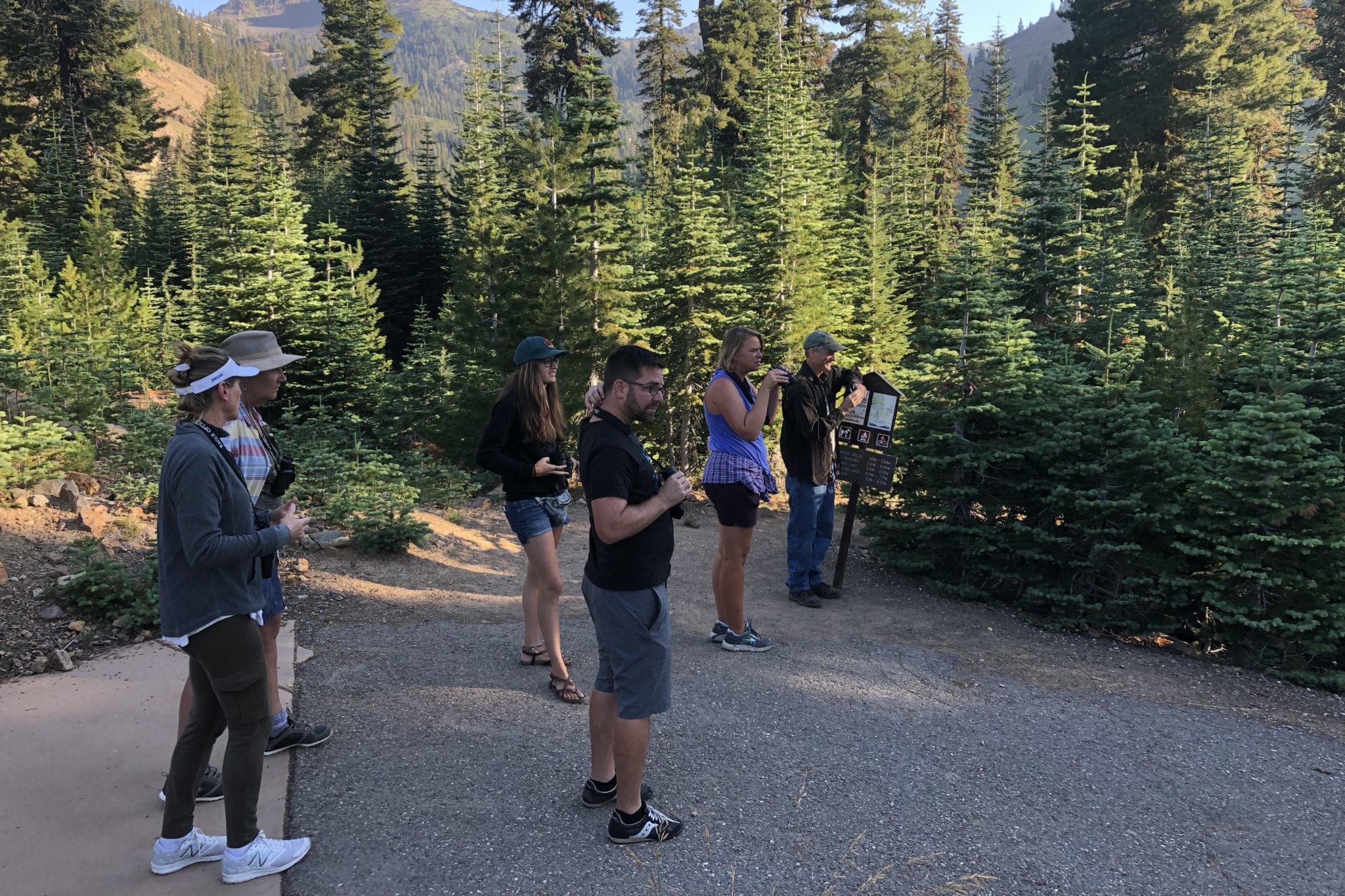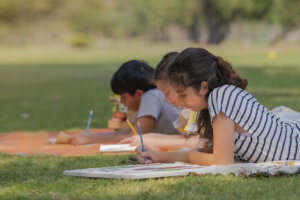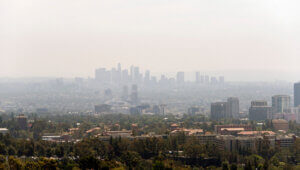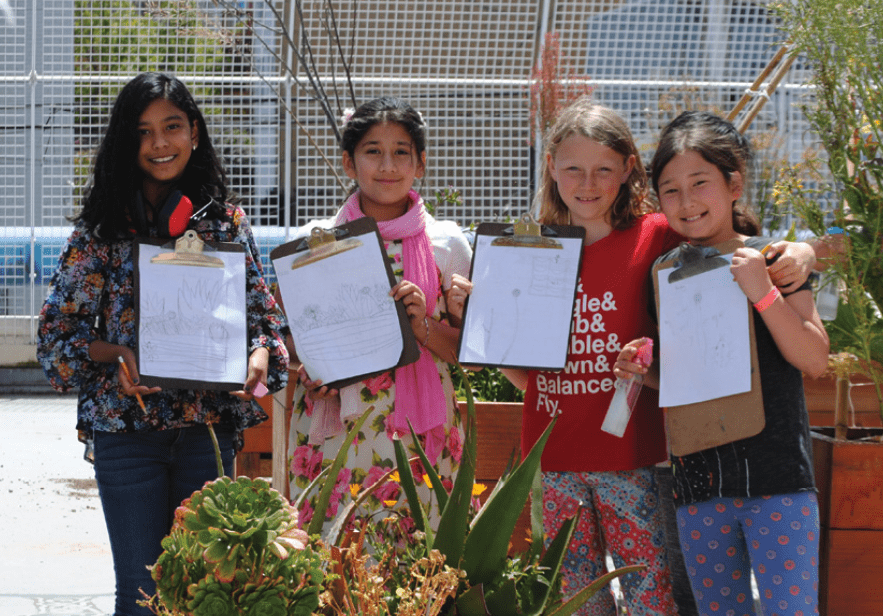As teaching science moved into the Next Generation Science Standards (NGSS), teachers needed background in these exciting new standards, yet some were struggling with the complexity of the three dimensions. Some teachers resisted, stating time concerns. Some felt they did not have the science capacity to teach science in elementary school. There was a need for more productive field trips into natural areas which would not only be fun for the children, but also would address California’s Environmental Principles and Concepts.
Educators from California Regional Environmental Education Community (CREEC) Region 2 had several identified needs in the areas of science and environmental education. Region 2 has amazing natural areas like Mount Shasta, Lassen Peak, hydrothermal areas, bountiful waterfalls, and the Sacramento River. What could we do with these wonderful places? Luckily, we received a grant through the California Department of Education (CDE) to help address these challenges, and the project Phenomenal Science was born.
We knew from recent work with the science community of practice that teachers saw the value of discourse and felt somewhat comfortable with it, yet needed more professional development to fully implement it in their classrooms.
We decided to marry discourse with phenomena as the core of our science work: We would use primarily nature-based phenomena and include park rangers and museum staff to help blend it all together and speak to the field trip needs. Teachers loved it. We ignored the tricolored NGSS standards sheets at first, focusing on phenomena that inherently led to productive discourse.
We began with a two-day conference that included a day in Lassen Volcanic National Park, visited hydrothermal areas, and asked, “Where did all these amazing colors come from? Why do we see red, yellow, white, and green?” Teachers carefully observed the colors, sought explanations, and discussed with colleagues excitedly. Was there something living in the hot water? Was it the color? Or was it making the color? Where was the evidence? They also walked through the forest where they took a rough count of the plants and animals. Why were there so many plants and relatively few animals, even insects? Discussions between park rangers and K–8 teachers were rich and engaging. The facilitators gently guided them toward evidence to answer their questions until the light bulbs went off.
The next phase included three days spread out over the school year. We used Zoom to meet, allowing for virtual breakout groups and direct interaction with the presenters at any time.
On the first day, we focused on seeds that the teachers had brought from their natural areas, kitchen cupboards, or vegetable gardens. Together, we drew the seeds with attention to certain structures to connect to the NGSS Crosscutting Concept “Structure and Function.” When they finished drawing, they discussed questions they had about the seed and entered them into the online chat area so everyone could see them. We did some work on developing a model of how seeds could travel (using the NGSS Science and Engineering Practice “Developing a Model”) and then introduced a simple bioengineering activity where they “built” seeds out of paper. This activity was done in breakout rooms, where the educators found themselves in a “room” with two other grade-alike teachers and one field educator. They could chat, construct and test seeds by dropping them, and repeat the process. Occasionally a facilitator dropped in, appearing on their screen, and then everyone rejoined in the main room with the other 40 participants. Much excitement was generated and the educators started to request more NGSS training.
The standards that had previously seemed overwhelming now seemed not only attainable, but a natural extension of what they were already doing with phenomenon and discourse.
Could students design an experiment? Of course! They had already done mini-experiments when they sought evidence. Could they develop a model? Yes! One had to develop conceptual models to understand forest energy flow and hydrothermal processes. The natural curiosity of children and interest in having conversations would lead to a greater understanding of science and nature.
At the second session we offered training focused on the NGSS Science and Engineering Practices that could be used in outdoor settings. That flowed into instruction on how to develop a lesson using an NGSS 5E template. Finally, educators gathered in breakout rooms for 90 minutes to plan a lesson they would pilot in their classroom, park, or museum.
In the last session in late spring, teachers spent the morning sharing lessons and student outcomes and reactions, especially student engagement and learning. In the afternoon, we worked with science notebooks and ways of drawing and thinking about natural phenomena that connected to the three dimensions of NGSS. Last summer, we met at Mount Shasta to share the lessons, tools, and other resources, and dove deeper into the idea of creating a quality field trip that is fascinating, fun, and directly addresses science standards. The Environmental Principles and Concepts were also a focus. In the fall, we finalized all our tools and resources—we look forward to sharing them throughout the region and state.
